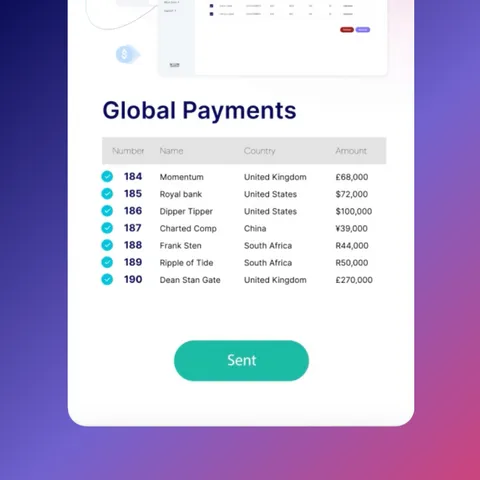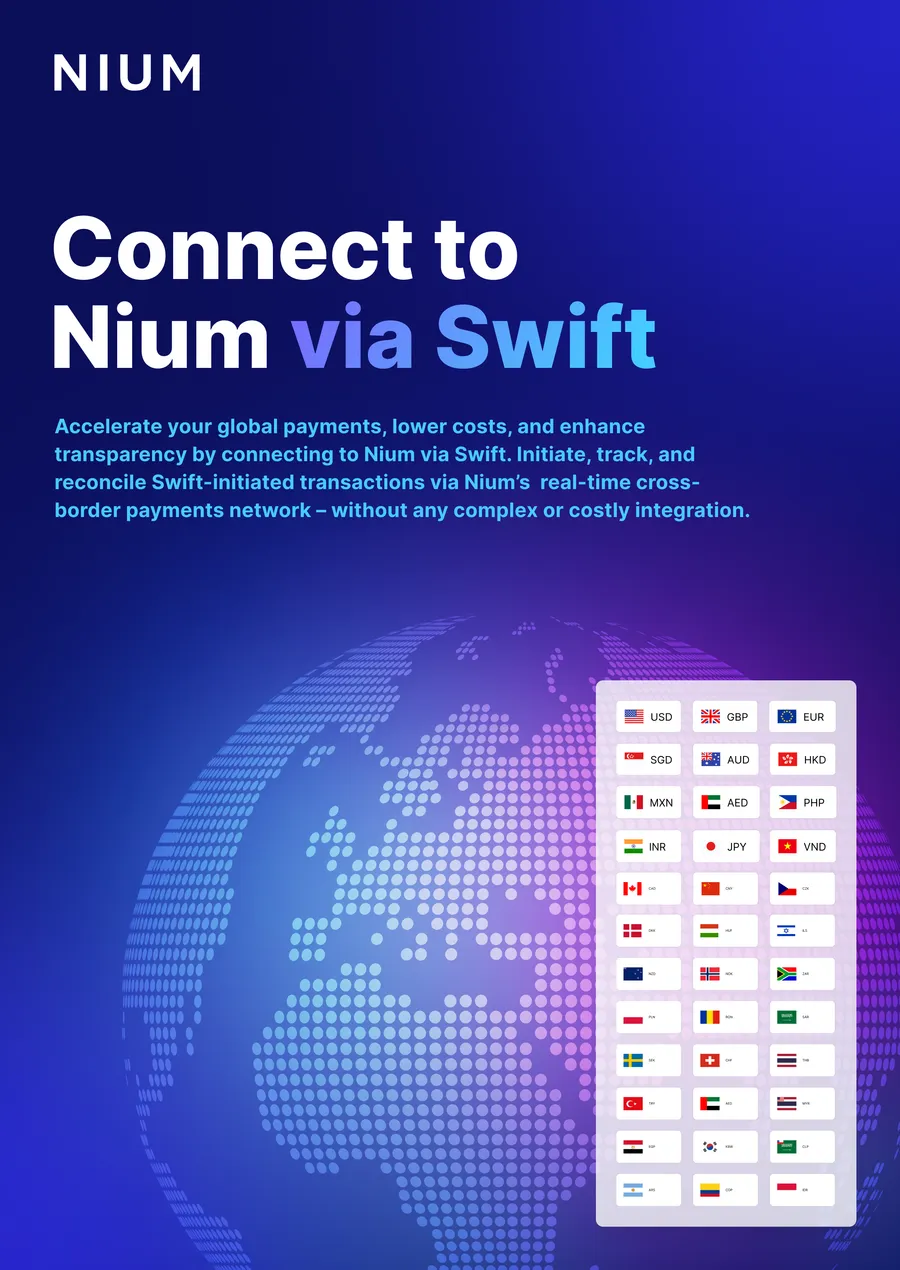Countries around the world are adapting to COVID-19 as an endemic virus. It’s not going away any time soon, nor is the trend towards working remotely. Though accelerated by the pandemic employers and employees have great ongoing advantages, provided that they can make remote work actually work.
As part of its 2022 Work Trend Index, Microsoft Work Lab found that 53% of those surveyed across 31 countries are likely to consider transitioning to hybrid work in the year ahead. Similarly, studies by Webex in 2020-21 showed that 53% of businesses plan to optimize their office footprint as a consequence of the new demand for greater employee flexibility and autonomy.
This profound and permanent shift in working preferences means businesses can now choose from a global talent pool to find skilled workers who otherwise might be in short supply locally. And with online collaboration established as the new normal, companies can easily engage international freelancers and contractors for shorter-term projects too.
It’s clear that companies need to meet the changing needs of their employees wherever they work, even if that’s from the kitchen table. And in transitioning to a remote-first, global workforce, they must also facilitate seamless and cost-effective payments to their talent around the world.
Global Workforce Payroll and Compliance
Taking advantage of a global talent pool means paying an international workforce in a way that’s efficient and less costly for all involved. This is especially true for gig economy workers whose tolerance for long waits to receive their wages is diminishing.
Key considerations for managing global payroll include:
- Currency: Transfer fees and exchange rate fluctuations can alter the amount of money that actually reaches your international employee.
- Taxes and other obligations: Paying foreign workers means checking for tax laws and other legal and compliance matters in different countries.
- Know Your Customer (KYC) checks: Detailed KYC checks that establish the identity and background of an international employee are extra important when sending money overseas.
Payroll Strategy for a Global, Flexible Workforce
Based on changing workforce trends, an international payroll strategy is essential for organizations to reduce risk, increase compliance, and build a leading operating model.
The 2021 edition of the EY Global Payroll Survey showed that 67% of organizations had a formalized payroll strategy in place as of 2021. Encouragingly, that is up from 61% in 2019, however, challenges persist. Of most concern in the wake of the pandemic, according to the survey, is the need for the payroll function to evaluate flexible working policies and their impact on multi-jurisdictional payroll withholding.
The additional problem of inaccurate employee source data finding its way into payroll systems is another compliance obstacle, reported by about 32% of organizations as part of the EY survey.
International Employee Payments Preferences
It’s one thing making cross-border payments to a global workforce, but individuals also expect to receive their wages not only in their local currency, but also in a way that suits their lifestyle.
1. Prepaid or virtual cards for gig economy and unbanked workers:
The disbursement problems of the gig economy can be solved with prepaid or virtual cards as an alternative to direct bank transfers.
Uber’s ‘Instant Pay’, for example, allows drivers to instantly access some of their earnings via a debit card. Satisfied drivers are loyal, and improved employee retention mitigates the cost of re-hiring talent: win, win.
Even better, card-based cross-border payments allow unbanked workers to receive their wages and all employees to access their earnings wherever they are.
2. Automate payroll processes to pay a global workforce
With new ways of working and the geographical expansion of a workforce comes the increased complexity of payroll management. But there are solutions;delays and errors can be avoided by minimizing human intervention and repetitive processes with a modern, automated payroll system.
According to this article from The Digital Group, upgrades and cloud-based systems could be a worthwhile investment. Their stats suggest that companies with newly upgraded HR systems benefitted from cost savings of 22%. Unsurprisingly, they say that 48% of HR professionals want to switch to a cloud-based system.
While cloud-based software is nothing new, technologies such as artificial intelligence (AI), machine learning (ML), and robotic process automation (RPA) are now emerging as must-haves for organizations with locations and employees across the globe.
These technologies eliminate human error, decrease administrative burden, significantly lower costs, and carry out analysis so that business leaders can make more well-informed decisions.
How Can Nium Help?
In the office or remote, at home or abroad, domestically or internationally – Nium makes international expansion seamless by paying people in a way that works for you and them. Pay to accounts, cards, or wallets while saving on foreign exchange and avoiding delays, fees and drops.
Download the latest eBook to learn how the way we work has changed, and the vital role payments play in supporting this new global workforce

.png@webp)


.png@webp)
.png@webp)
.png@webp)





